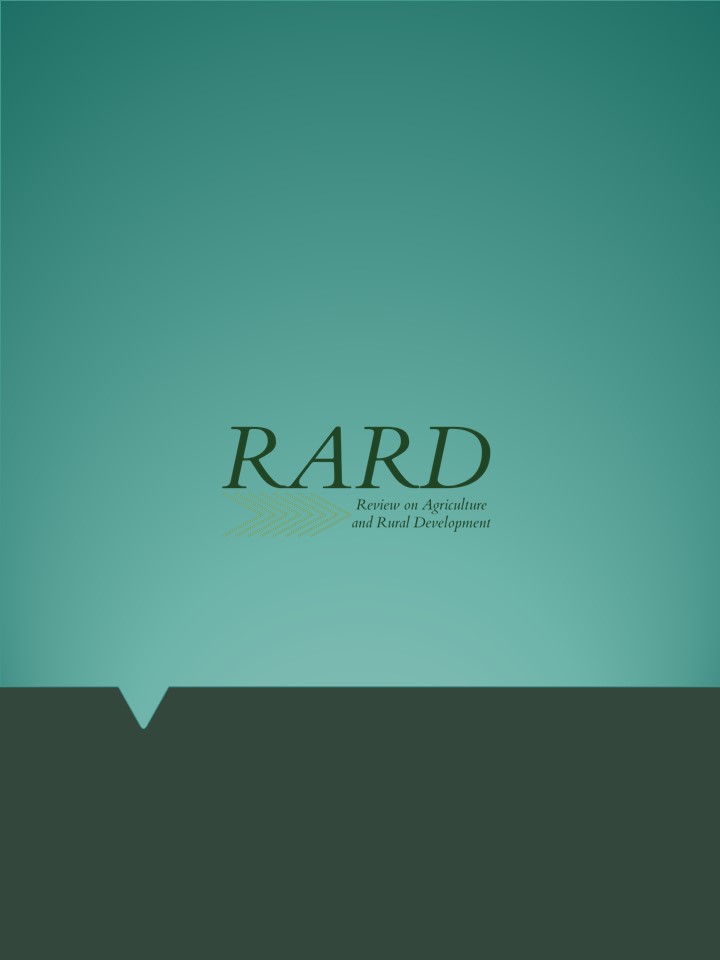Impact of different nutrient supply levels on yield parameters of organic kapia pepper in plastic tunnel
Main Article Content
Abstract
The use of commercially available, easily applicable, pelleted manure for nutrient supply has become a common practice of Hungarian organic vegetable growing farms, although information on nutrient mineralization of these products is limited. Our research investigated yield and several parameters of kapia pepper (Capsicum annuum L.) under different nutrient supply levels. The experiment was carried out in an unheated, 196 m² plastic tunnel on a certified organic farm. The soil was loam, pH(KCl) was 7.4, with humus content of 2.7%, low N, and high P and K content. The ‘Kapirex’ pepper plants were planted in 40+80×25 cm spacing in May 2022. Three nutrient supply levels were set up with increasing nutrient content in 4 repetitions. According to the results, a basic nutrient supply (22 kg/ha N) with manure pellet on soil with average humus content can achieve the average yield expected in organic farming, but lower quality can be expected. The intermediate technology (78 kg/ha N) with alfalfa pellets showed that it is worthwhile to choose alfalfa meal or other more rapidly revealing nitrogen sources instead of alfalfa pellets. The professional technology, with frequently repeated fertilization (126 kg/ha N), yielded only 3.6% higher. Still, there was a noticeable effect in early ripening, in higher number and size of fruits, but above average infestations of thrips species and Helicoverpa armigera.
